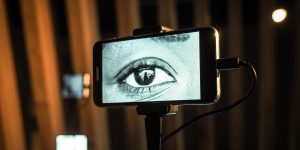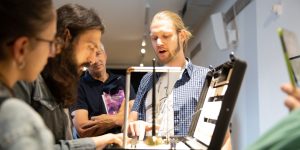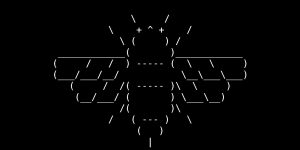consciousness

Ghosthouse
h.o (INT)
A deep dive into the information “swamp” is a kind of out-of-body experience. Smartphones, tablets, computer screens, and televisions become gateways for our spirits to embark on a journey.

Data Urns
Daniel Huber (AT)
This speculative design project poses questions of digital immortality, data transparency and human consciousness.

Global Consciousness Interface
Sebastian Kaye (UK/DE)
Global Consciousness Interface is a portable interface that allows users to connect themselves to this net of consciousness whenever they feel the need. As “esoteric electronics,” this device mirrors a part of the tantric approach in Tibetan Buddhist meditation; by using body, speech, and mind, one's totality is applied. Here, the body is reflected in the use of the user's heart rate, the bell symbolizes speech, and the mind is united with itself through this interface.

Nothing wild in particular
Jeremie Nuel (FR)
Consciousness, memory, reality and identity are regular themes in Philip K. Dick’s books. These concepts have fed into AI research since the seventies. This work uses Andrej Karpathy’s neural network, known as “recurrent,” to train a computer program, using as source a text or a corpus. Once trained, the code writes, character by character, a new text. The corpus that feeds the neuronal network shortens Philip K. Dick’s work (52 books). As a mirrored entity, strange and undisciplined, the computer program tries to write, at every iteration, step by step, an often-absurd story, and sometimes, a poetic one.


